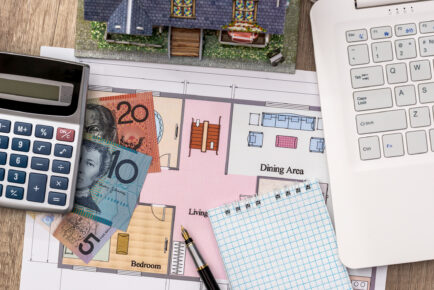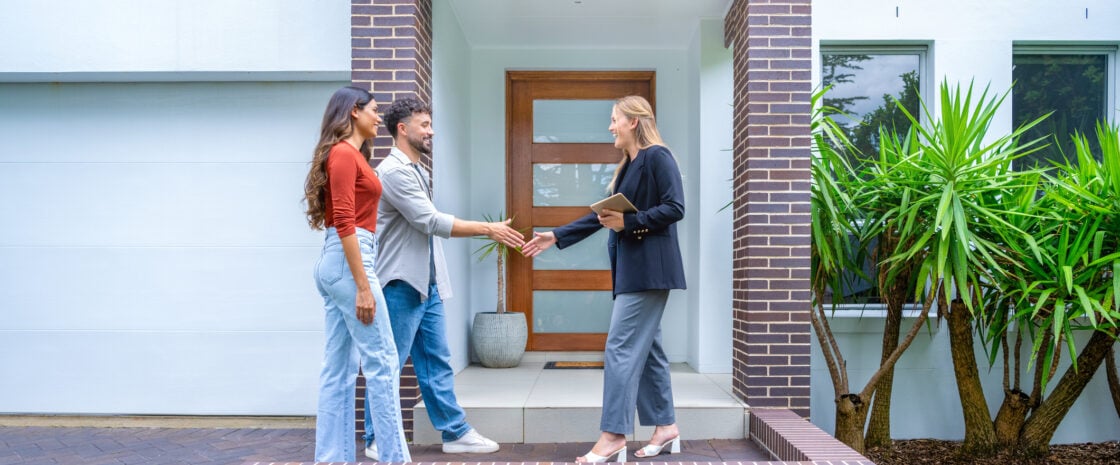When a vendor lists a property for auction, they will set a reserve price — the minimum amount they are willing to sell it for.
A reserve price is distinct from the starting bid, which is merely the first bid the auctioneer receives and is usually well below the reserve. With a set reserve, the auctioneer cannot sell the property ‘under the hammer’ until the bidding reaches that price.
If bidding does not reach the reserve price, the property is ‘passed in’, and the highest bidder can negotiate a mutually acceptable price with the seller.
The selling agent and the auctioneer cannot legally disclose the reserve price to bidders before the auction. Still, the auctioneer will announce when the bidding reaches the reserve by stating that the property is ‘on the market’.
In some rare circumstances, a property auction, known as an Absolute auction, will be held with no reserve. During this, the highest bidder will get the property regardless of the price, but this type of auction is extremely rare in Australia.
» MORE: How does property valuation work?
How is the reserve price set?
The seller sets the reserve price after consultation with their real estate agent. This agent should have a good grasp of what the property is worth based on a range of factors, including:
- recent sales of comparable properties in the area
- the property’s location
- current market conditions
- how many people attended the open house inspections
- how many bidders registered for the auction, and how many contracts were handed out
- any pre-auction offers
- how many building and pest inspections were conducted, if applicable
- the number of competing listings in the neighbourhood.
Legally, the seller can set the reserve price at whatever they like if they pass it on to the selling agent and the auctioneer.
» MORE: 10 questions to ask a real estate agent when selling
Understanding the indicative price range
The agent must give an indicative price range to all prospective bidders based on comparable sales in the area over a certain timeframe.
The seller does not have to consider this range and can set the reserve as late as the auction day. However, the indicative price should reflect what the seller expects to get for the property.
Agents nationwide have received considerable criticism over the years for ‘lowballing’ the indicative price or quoting a figure less than the reserve to get as many people as possible involved in the auction.
For example, a seller could advertise a house with an indicative price guide of $700,000-$750,000 but may set the reserve at $800,000.
This practice has, however, become less common. And the indicative price guide has steadily become more in line with the reserve price at auctions.
» MORE: Should you use a buyer’s agent?
The role of a reserve price
Just as a buyer has a hard limit for the amount they can spend at auction, a seller has a reserve to ensure that the property doesn’t sell for much less than it’s worth or what they’re willing to accept.
The seller can change the reserve if an auction moves slowly and attracts few bids. To do so, they must write this change and pass it on to the agent and the auctioneer.
Remember, as a buyer, you don’t necessarily have to reach the reserve as long as you’re the highest bidder when the property is passed in. In that instance, you can negotiate with the seller to see if you can agree on a mutually acceptable price. Some bidders also like to hold off until they hear the property is on the market.
However, the trouble with that strategy is that other bidders may have momentum. They may also be willing to outbid you if they are still within their hard limit — effectively, the buyer’s reserve price at an auction.
Ultimately, the highest bid received on the day accurately reflects the property’s current value. If it sells for less than the reserve or doesn’t sell, it’s fair to say that the reserve was too high. In contrast, if the property sells for much more than the reserve, then that figure is low.
DIVE EVEN DEEPER

How To Buy A House In Australia: 12 Steps To Purchasing Property
The main steps to buying a house or property in Australia include getting your finances in order, seeing how much you can borrow, and choosing the right mortgage lender.

What Is A Desktop Valuation?
A desktop valuation uses publicly available data and information so a bank or lender can quickly and easily assess a property’s value.



